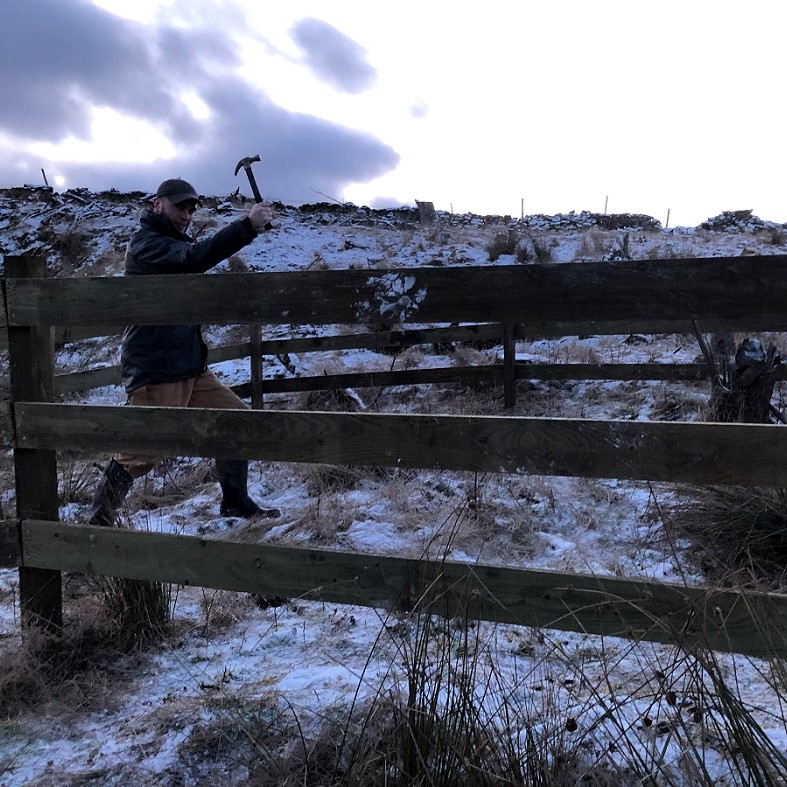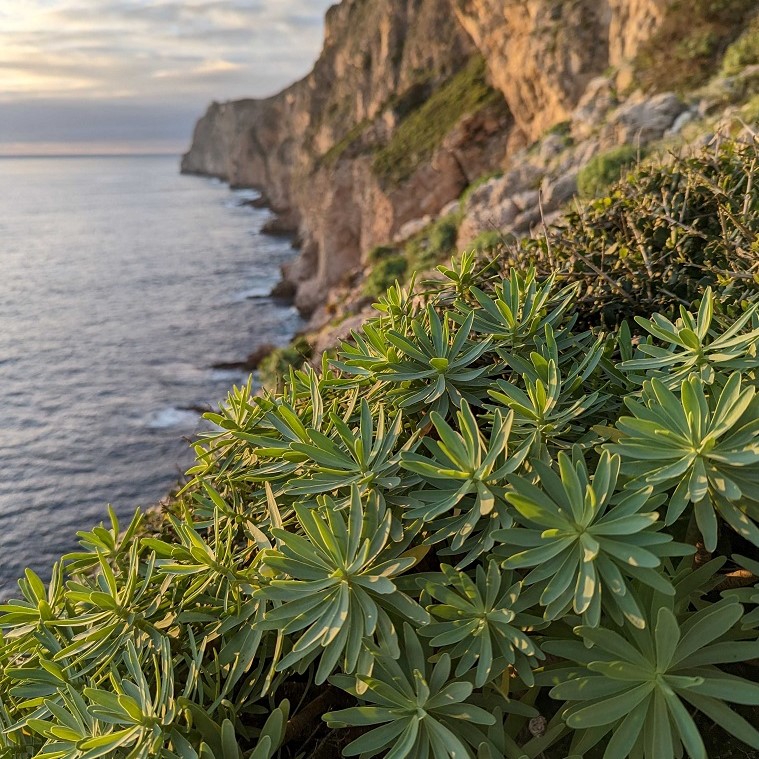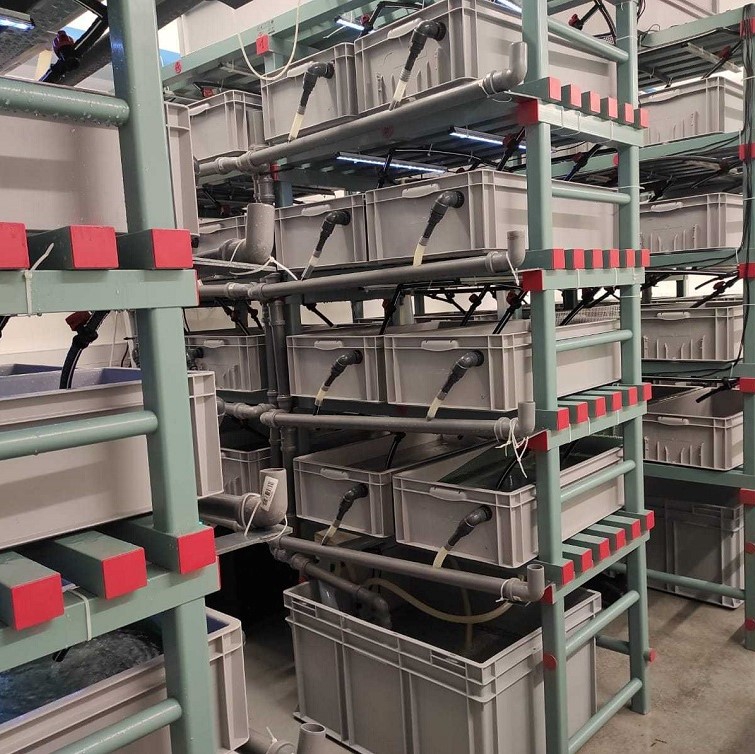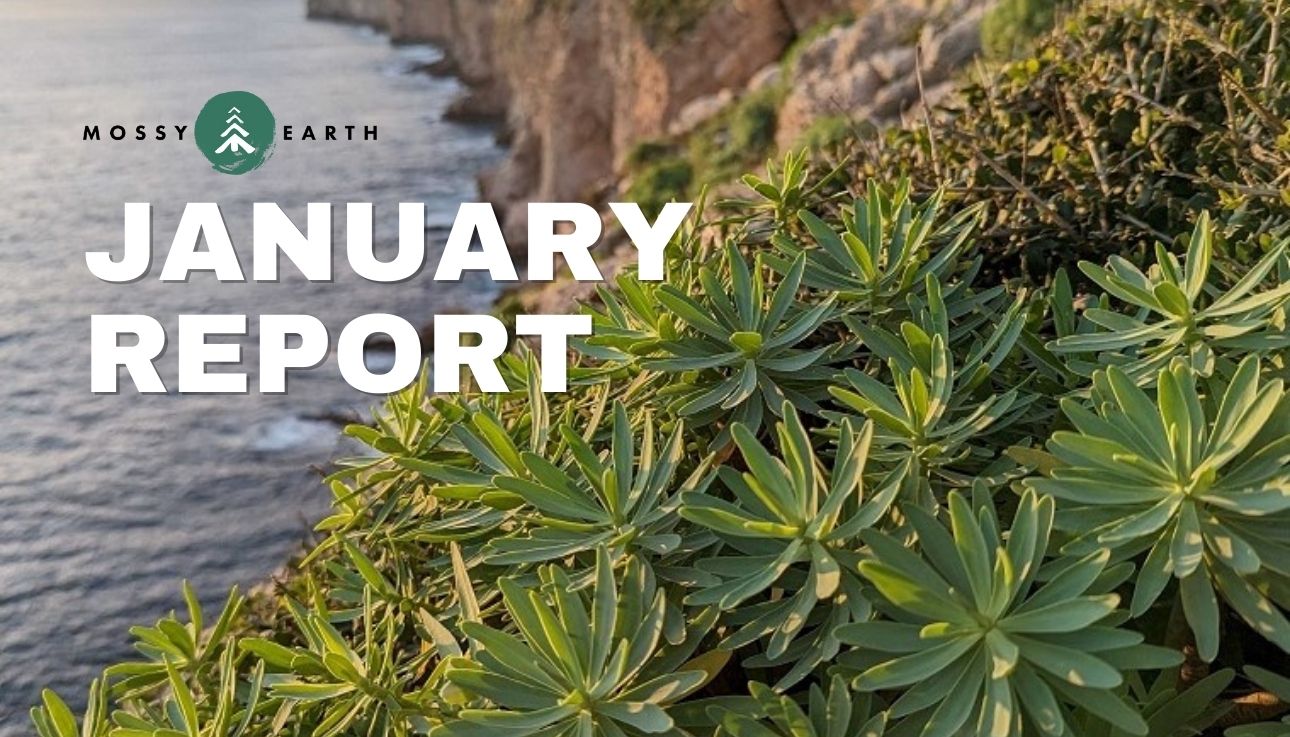In January, our support to Mossy Eath funded their newest project to help repair a riverine ecosystem in Scotland.
Here is the update they shared with us on the projects we have helped support during January
Rewilding Impact 1: Riparian Restoration, Scotland 🐟
We are facing a series of challenges in Scottish waterways ranging from rising water temperatures, water quality issues and threats of more severe flood damage. Increased water temperatures creates thermal stress on species while poor water quality can affect an animal’s ability to swim, eat, reproduce and grow. Then there’s the clear and obvious danger to local communities if flood water is not controlled.
Beaver dams are known to improve riverine habitats and address some of these problems by filtering nutrient loads and slowing water flows. However, the site of our latest project at Glassie Farm in Aberfeldy, a member of Northwoods Rewilding Network, is far from favourable for these little industrious engineers to naturally move in. There is a severe lack of trees and the route to access the stream makes it highly unlikely for the neighbouring beaver population to appear (unless they source some climbing gear 😀).
This makes for the perfect opportunity to trial the use of Beaver Analogue Dams (BDAs), an artificial structure made of natural materials designed to imitate natural beaver dams. With the hands-on help of our project partners, River Revivers, we’re building several BDAs and planting native trees and scrub along the stream. We aim to not only slow flood waters upstream and test the BDAs’ ‘biofilter’ capabilities but also to input necessary woody material into the stream which aids healthy riverine processes. Lastly, we expect the internationally critically endangered eel (Anguilla anguilla) among other important species to use the newly created habitats.
Ellie (our project manager) recently visited the site to conduct a river habitat survey with Maja, a hydrologist from River Revivers. Work has also begun on building the tree exclosures to protect our new trees from deer browsing (see below). Provided all goes well with the other baseline surveys for freshwater pearl mussels and otters, we’ll be able to build the BDAs later this spring.
To learn more context, head over to our Riparian Restoration at Glassie Farm project page.

Rewilding Impact 2: Protecting Endemic Plants, Portugal 🌺
A second activity funded through your membership in January was at our saving rare cliff plants project in Portugal.
An eager group of new volunteers helped us carry on where we left off last year removing some remaining patches of the invasive ‘ice plant’ accessible by foot. I say by foot, most of the volunteers spent the day on their hands and knees pulling out the ice plant, notorious for carpeting the Portuguese coast and outcompeting native vegetation. Thanks to their assistance, the endangered native vegetation now has breathing space and a chance of recovery. Next, we’ll be targeting the less accessible areas by rope and continuing drone monitoring of the site.
As we’ve expressed before, it’s so encouraging to see the actions of local volunteers, some of whom are Mossy Earth members, pay dividends for these local species. What makes it more impactful is that they are no ordinary plants. The species in question, Convolvulus fernandesii and Euphorbia pedroi, are endemic to this cliff face and can be found nowhere else!
We thank you for covering the running costs of this project which will help these rare plants to continue shining on this stunning stretch of coastline.

Rewilding Impact 3: Upscaling Kelp Restoration, Portugal 🌿
Your final rewilding impact for January is supporting our scaling up kelp forest restoration project also in Portugal.
The ocean’s forests are a largely overlooked piece of the puzzle on tackling deforestation. Kelp forests are one of the vital marine ecosystems suffering from degradation that are going under the radar for climate funding. Yet these vast underwater forests provide habitats for a diversity of life and are important for reversing ocean acidification and storing carbon.
This is why we’re glad to be part of the global initiative to trial a novel technique for upscaling kelp restoration coordinated through the Green Gravel Action Group and with our partners, SeaForester. The ‘Green Gravel’ technique is designed to circumnavigate obstacles of other kelp restoration approaches. Essentially, kelp is seeded on small pebbles in the lab and grown under optimal conditions until ready to be scattered in the ocean. These ‘green gravel’ pebbles can be easily dropped overboard instead of deploying divers and incurring the associated costs and increased time. Cultivating kelp to grow on a substrate in the lab also reduces the risk of it not growing on an ocean substrate such as a degraded reef or rocks covered in turf algae, which outcompete kelp.
Thanks to your support, we are now starting our first production cycle of the year at the kelp factory we built. We are using the starting material from a seedstock in the lab which we created from kelp collected from the ocean last year. Having a seedstock means we save time each new cycle and can begin by spraying the pebbles with microscopic immature life stages of the kelp (tiny kelp). This batch should give us thousands of pebbles to deploy in the ocean within 3 months.














Leave a Reply
View Comments